Are you worried you're overpaying for your electric tricycles? This uncertainty cuts into your profits and makes it hard to compete. Let's pull back the curtain on factory pricing.
The best negotiation strategy involves deep preparation. You must understand the component costs of the cargo truck tricycle, benchmark multiple quotes fairly, and aim to build a long-term partnership. A supplier will always offer a better price to a buyer who proves they are a serious and reliable partner.
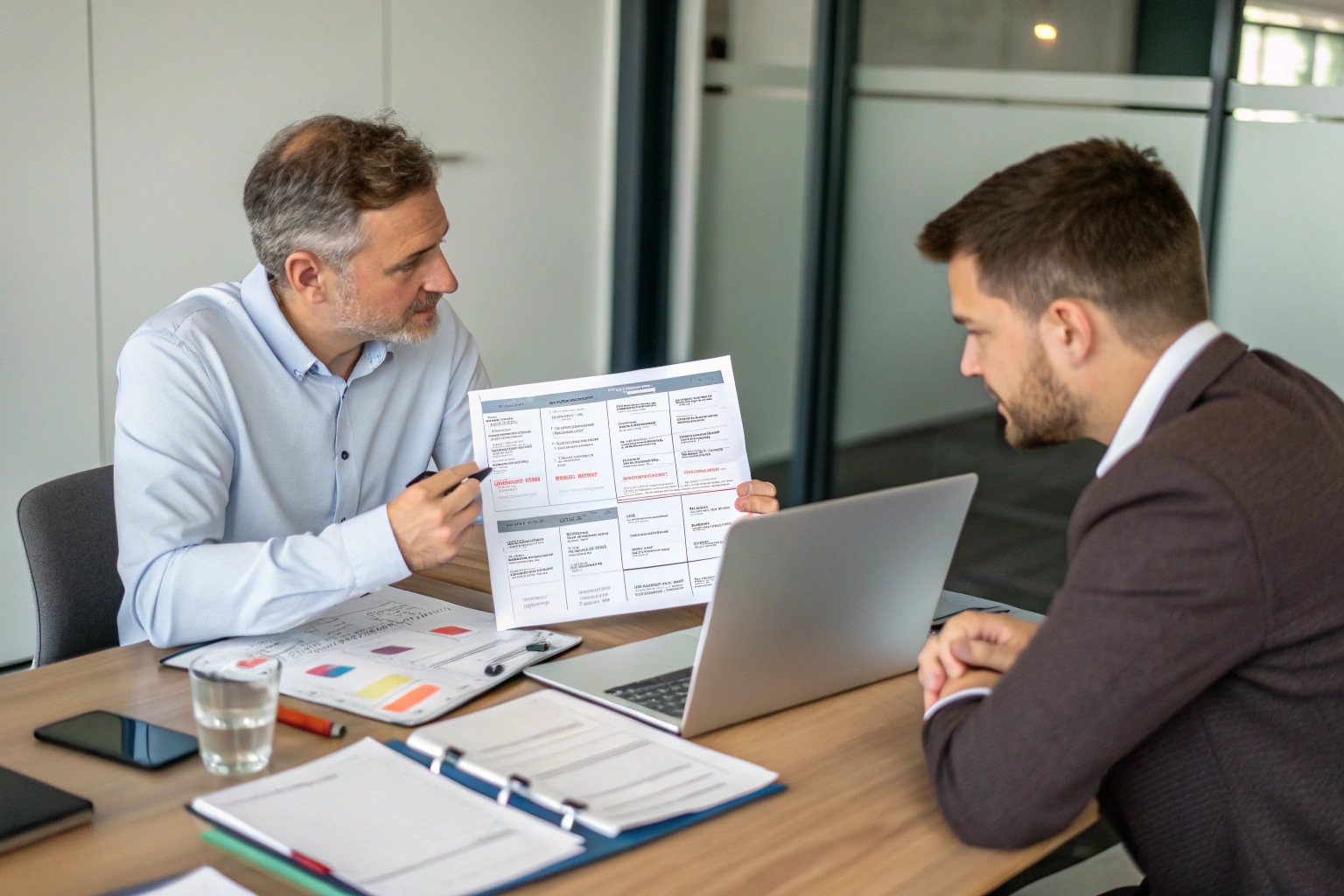
As someone who sits on the factory side of the table, I see importers make the same mistakes over and over. They either focus only on the lowest number or they don't know what to ask for. The result is they either get a poor-quality product or leave money on the table. A good negotiation isn't about winning a fight; it's about creating a deal where both you and the factory can succeed. Let me share what that looks like from my perspective.
What Factors Influence the Price of Electric Cargo Tricycles?
Do you get confused when quotes for similar-looking trikes have wildly different prices? Without knowing what drives the cost, you can't negotiate effectively. Let's break it down.
Cargo tricycle final price is determined by the "Big Four" components: the battery, motor, frame, and rear axle. The battery is the single biggest variable, but the motor power, steel thickness of the frame, and type of axle also significantly impact the cost.
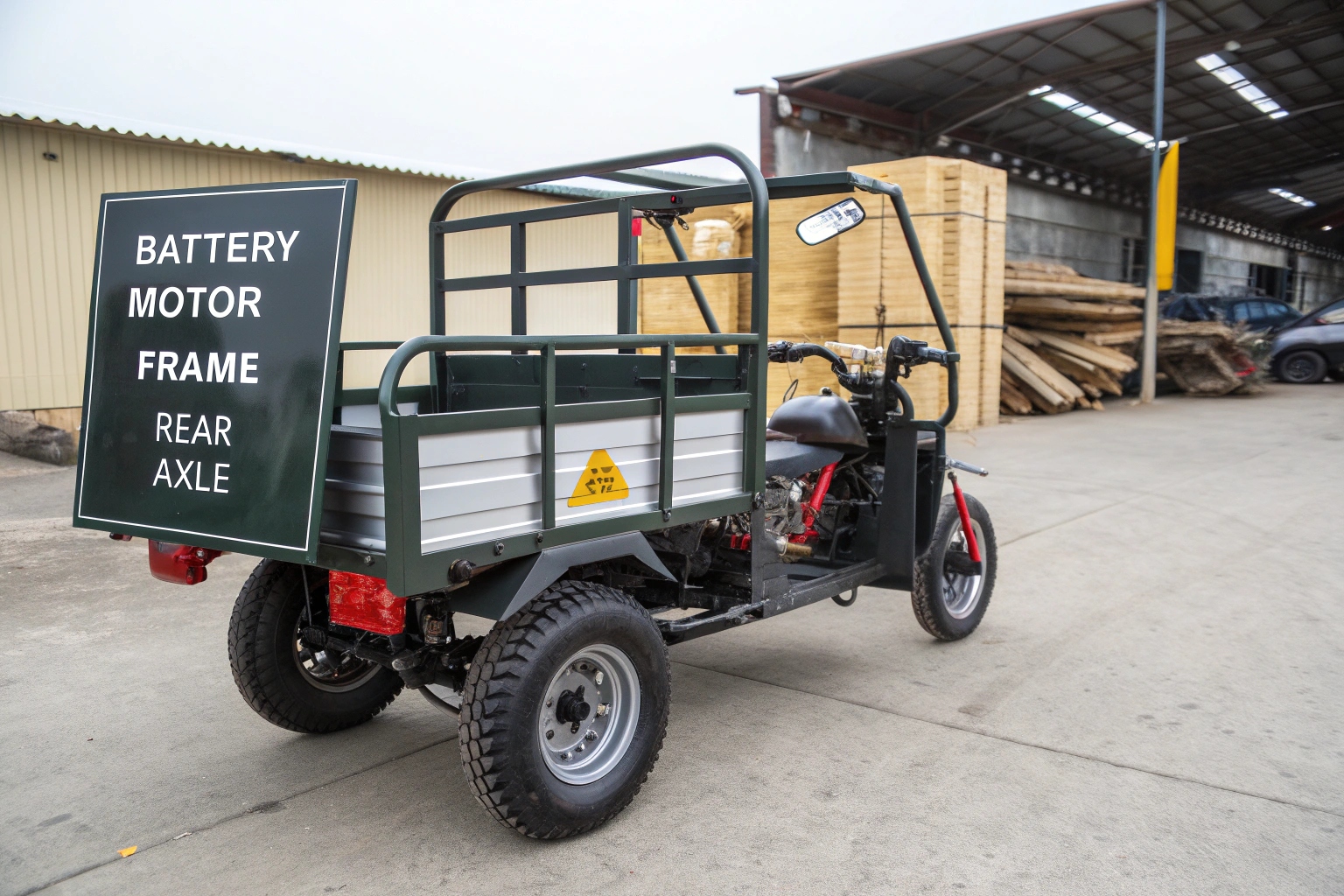
When we build a quote for a client, we are not just picking a number out of the air. We are adding up the cost of every single part that goes into the tricycle. While things like tires and headlights have an impact, the core components are where the real money is. Understanding these allows you to have an intelligent conversation about price. You can ask "What if we change this component?" instead of just "Can you make it cheaper?".
Here’s a quick look at the main cost drivers:
| Component | Low-Cost Option | High-Performance Option | Price Impact |
|---|---|---|---|
| Battery | Lead-Acid (e.g., 60V 45Ah) | Lithium-ion (e.g., 72V 80Ah) | Very High |
| Motor | 800W - 1000W | 1200W - 1500W+ | Significant |
| Frame | Standard gauge steel | Reinforced, thicker gauge steel | Moderate |
| Rear Axle | Standard differential axle | High-torque booster axle | Moderate |
For example, simply a client switching their order from a lead-acid battery to a lithium battery can increase the unit price by several hundred dollars. But this might be a good investment for their market. The key is for you to know what you are paying for and make decisions based on value, not just the initial cost.
How Can You Benchmark Supplier Quotes for Better E-Trike Negotiation?
Worried you can't compare supplier quotes fairly? When prices and specs are different, it's hard to know who offers the best value. Let's create clarity.
To benchmark quotes effectively, use a detailed specification sheet. This allows you to evaluate electric tricycle suppliers not just on price, but on their product strategy and value. It changes the goal from finding the cheapest quote to finding the best long-term partner.
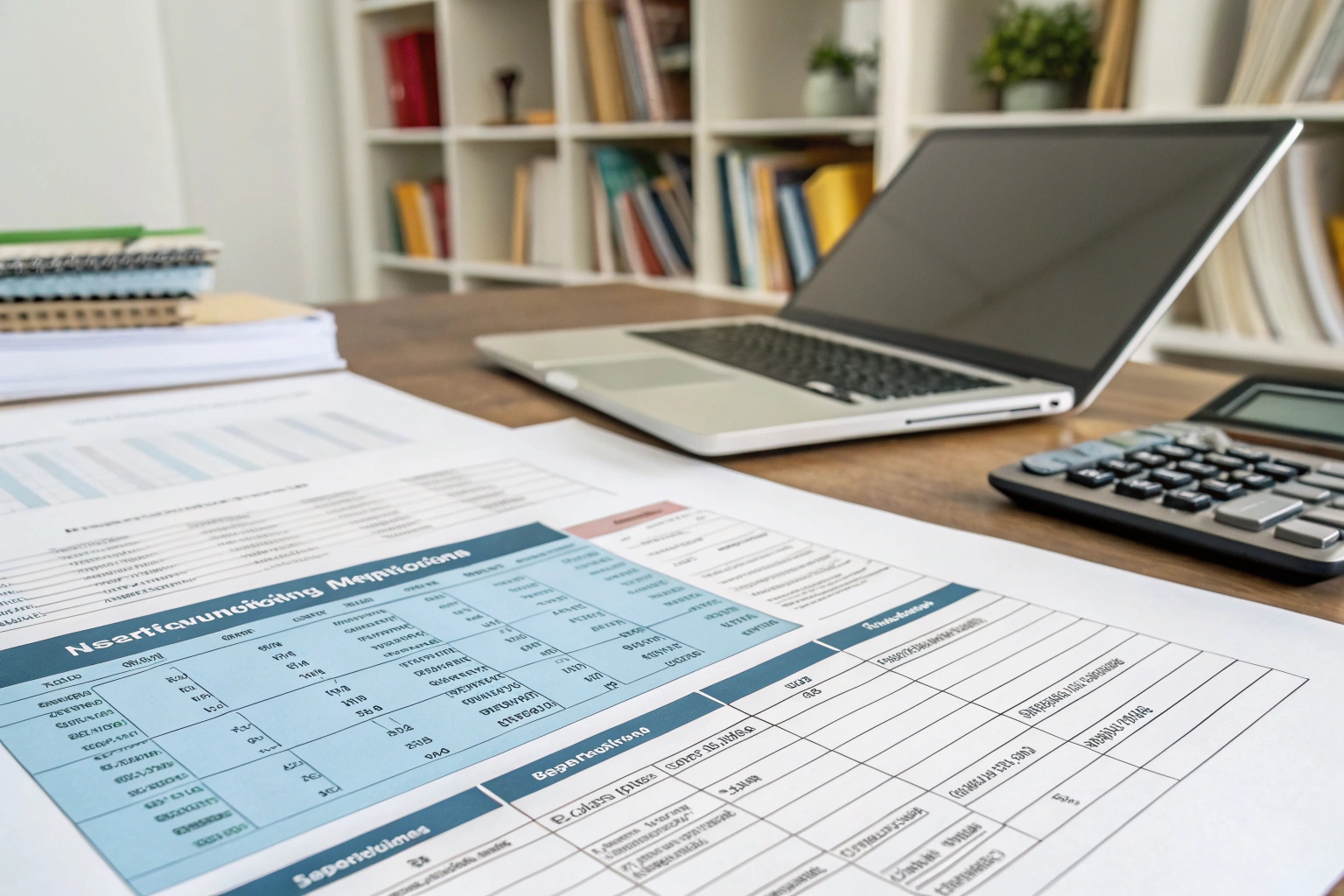
I often receive vague inquiries like, "How much for your cargo tricycle?". A serious buyer sends a detailed Request for Quotation (RFQ). This is your most powerful tool because it helps us understand your exact needs and opens the door for a meaningful conversation. When you send your detailed specs to a few suppliers, you get back more than just prices—you get insight into each factory's philosophy. Instead of just picking the lowest number, your goal should be to understand the 'why' behind each quote.
Let's say you send your specs and get these results:
| Specification | Supplier A | Supplier B | Supplier C |
|---|---|---|---|
| Motor Power | 1200W | 1000W | 1200W |
| Battery | 72V 50Ah Lithium | 72V 45Ah Lithium | 72V 50Ah Lithium |
| FOB Price | $950 | $880 | $970 |
A simple price comparison says Supplier B is cheapest. But a professional buyer sees this as a chance to learn. Each quote tells a story:
- Supplier A matched your specs exactly. This shows they listen carefully.
- Supplier B proposed a different configuration. This isn't a trick; it's likely a suggestion based on what they believe offers the best value for the money.
- Supplier C is priced higher. This may indicate they use premium "invisible" components (like brand-name bearings or controllers) or have stricter quality control.
This analysis allows you to start a real, partnership-building conversation. You can go back and ask smart questions:
- To Supplier B: "Thank you for the quote. I see you suggested a 1000W motor. Could you tell me more about the performance of this setup compared to the 1200W I requested?"
- To Supplier C: "Your price is a bit higher. Can you help me understand the extra value included, perhaps in component brands or your warranty?"
This approach shows you are a serious partner looking for the right fit, not just a price haggler. It builds respect and leads to a much more productive relationship.
What Are Common Pitfalls When Negotiating with Chinese EV Suppliers?
Worried that a "great price" is too good to be true? It often is. Many importers fall into traps that cost them much more in the long run. Let's look at what to avoid.
The single biggest pitfall is chasing the lowest possible price. An unusually low price is a huge red flag. It almost always means the supplier will cut corners on quality, use inferior parts, or surprise you with hidden fees later on.
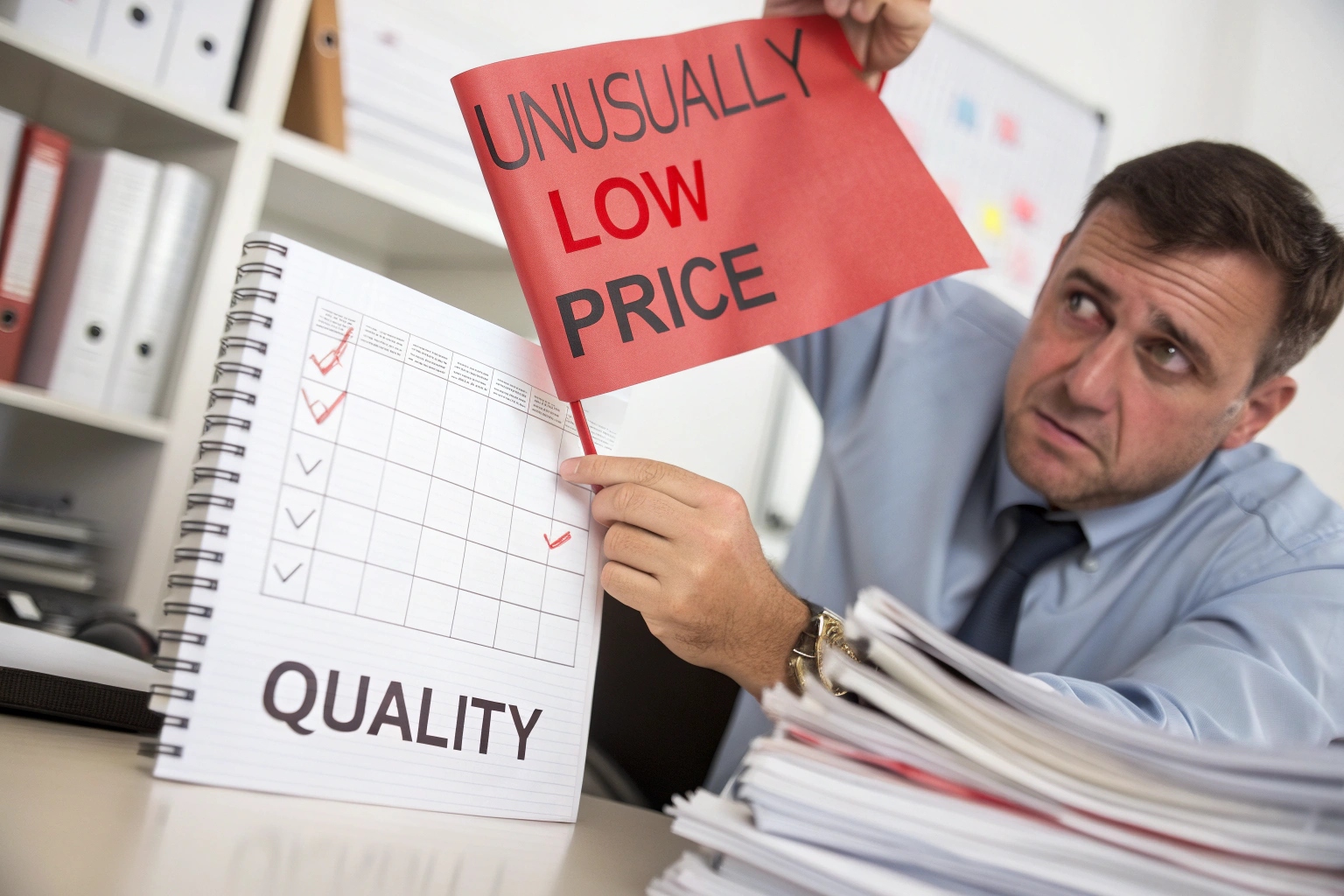
From my position, I have seen it all. A professional relationship is built on trust and transparency. If a buyer only cares about squeezing every last dollar out of the deal, they often end up with a supplier who is also willing to cut corners. Here are the most common traps to watch out for:
The "Price Over Quality" Trap
A buyer forces a supplier to accept an extremely low price. To make a profit, the factory has no choice but to use thinner steel for the frame, a no-name battery with fake capacity ratings, or a weaker axle. The tricycle looks fine when it arrives, but it starts breaking down after a few months of use. The importer's reputation is damaged, and the cheap price ends up being very expensive.
The Component Switch
This is common. You agree on a price based on specific, high-quality components. The Proforma Invoice (PI) looks correct. But during production, the factory swaps the branded tires for a cheaper version or uses a smaller controller. The only way to prevent this is with a very detailed PI that lists the brand and model of key parts, and by arranging a third-party pre-shipment inspection.
Treating it Like a War
Some buyers approach negotiation like a battle to be won. This creates a bad relationship from the start. Remember, after you agree on a price, you have to rely on this company to build your products correctly, pack them safely, and support you if there are problems. It's better to be firm but fair, and frame the negotiation as a search for a win-win partnership.
How Can You Build Long-Term Pricing Trust with Your Supplier?
Tired of fighting for a good price on every single order? It's exhausting and inefficient. The goal should be to become a valued partner, not just another customer.
Build trust by being the kind of customer a factory wants to keep. Provide clear order forecasts, commit to consistent volume, and pay on time. Suppliers give their best prices and service to partners they can rely on, as this makes our own production planning much easier.
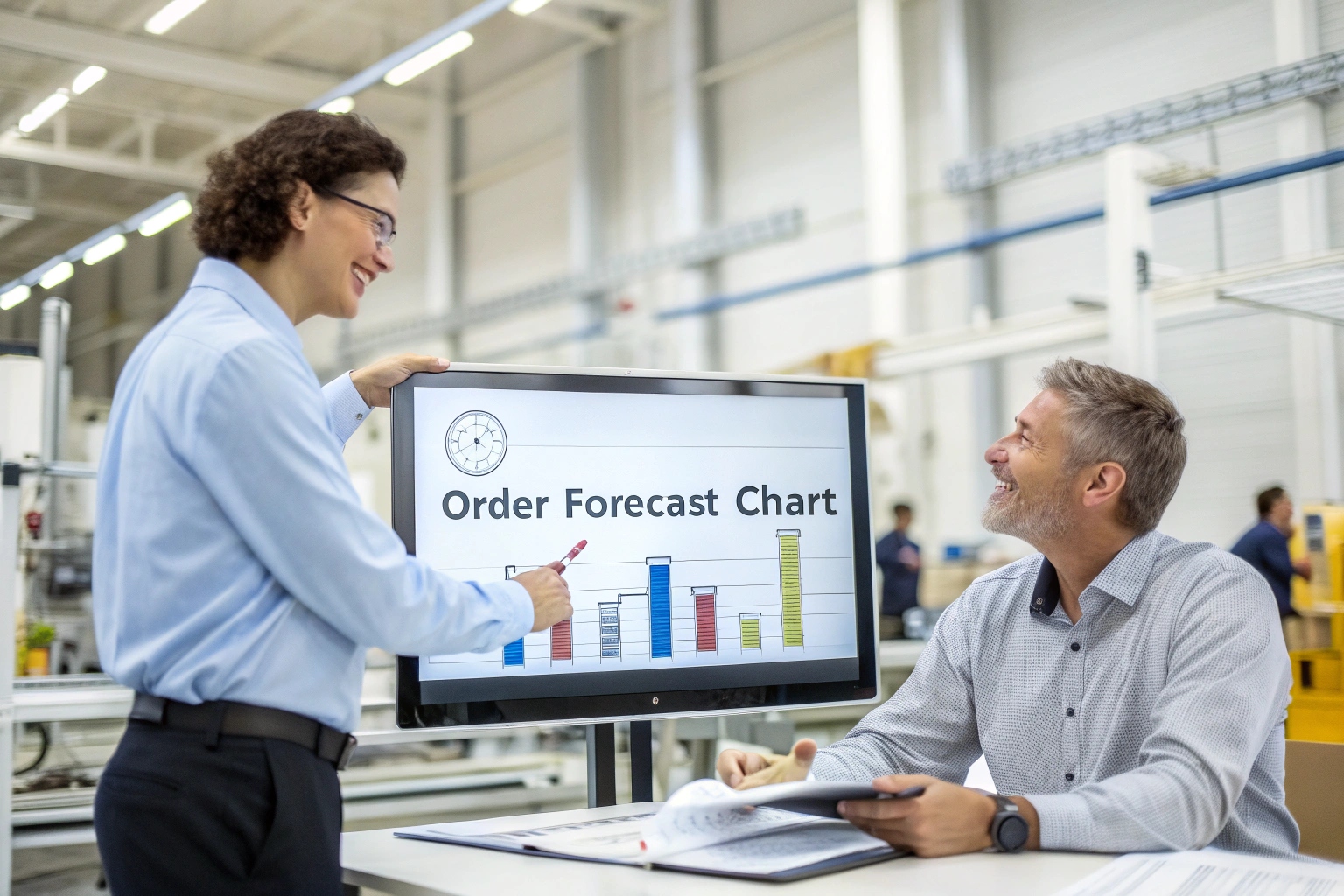
On our factory floor, we have different types of customers. There are the one-time buyers who fight for the absolute lowest price, and we may never hear from them again. Then there are our long-term partners. They get our best pricing, priority in production schedules, and our full support when issues arise. We work harder for them because their success is our success.
Here is how you become one of those partners:
Consistency is More Important Than Size
A massive, one-time order for 10 containers is great. But a client who reliably orders one container every month is often more valuable. Their consistent business allows us to plan our raw material purchases and production schedule efficiently. These efficiencies lead to cost savings for us, which we are happy to share with our partner in the form of better, more stable pricing.
Communicate Clearly and Pay Promptly
Be a good business partner. Send your specifications clearly. Approve the Proforma Invoice quickly. Pay your deposit on time. When you are a reliable and low-maintenance client, our sales and logistics teams love working with you. This goodwill translates into better cooperation and flexibility when you need it.
Discuss Annual Agreements
If you are a serious importer with predictable demand, ask about an annual supply agreement. You can negotiate a fixed price for a specific model based on a guaranteed minimum order quantity for the year. This gives you price stability to plan your business, and it gives us the predictability we value so highly. This is the ultimate win-win negotiation.
Conclusion
Effective negotiation is not about winning a battle; it's about building a partnership. Prepare well, understand the real costs, and work with your supplier to create a deal that helps both of your businesses grow.

